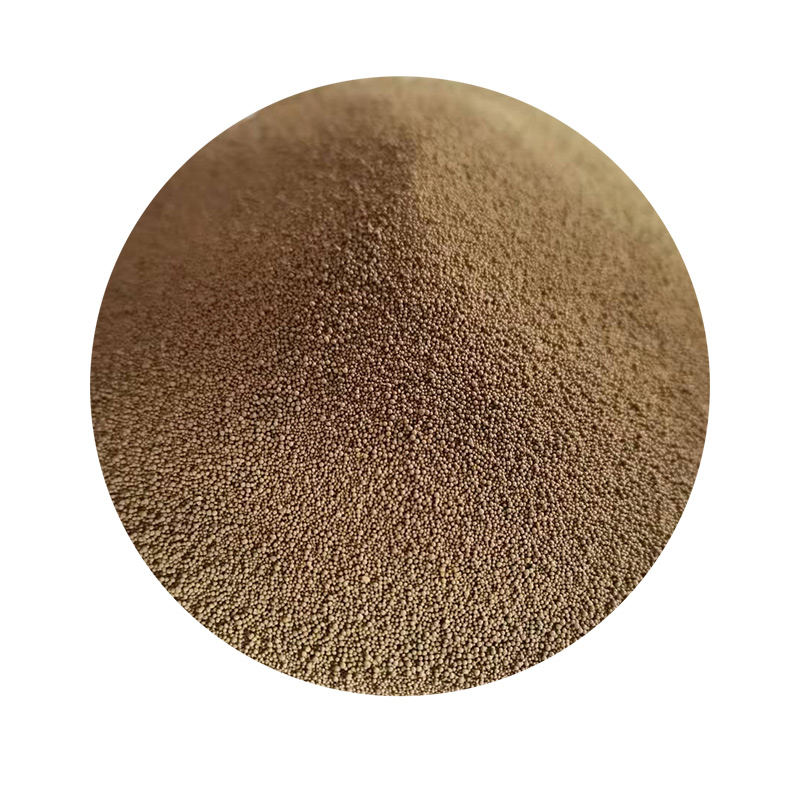The Role of Resin-Coated Frac Sand in Hydraulic Fracturing
In the ever-evolving landscape of the oil and gas industry, hydraulic fracturing, commonly known as fracking, has emerged as a pivotal technique for enhancing the extraction of hydrocarbons from subterranean formations. A crucial component of this process is the use of proppants, primarily sand, which are used to keep the fractures open and allow oil and gas to flow freely. Among various types of proppants, resin-coated frac sand has gained significant attention due to its enhanced performance characteristics.
What is Resin-Coated Frac Sand?
Resin-coated frac sand is a specially treated form of sand that has been coated with a layer of resin, providing several advantages over traditional uncoated sand. The coating process involves mixing high-quality sand with a thermosetting epoxy or phenolic resin, which binds the grains together while enhancing their strength and durability. This modification minimizes the degradation of sand particles under the high pressures and temperatures typically encountered during hydraulic fracturing.
Advantages of Resin-Coated Frac Sand
One of the key benefits of using resin-coated frac sand is its superior strength. The resin coating prevents the sand grains from breaking down during the fracturing process, which is critical for maintaining the integrity of the fractures over time. This increased strength translates into improved conductivity, allowing hydrocarbons to flow more easily from the reservoir to the wellbore.
resin coated frac sand

Moreover, the resin coating provides a smoother surface on the sand grains, reducing the friction during the flow of fracturing fluids. This enhanced flow characteristic can lead to a more efficient extraction process, ultimately increasing the yield from each well. Additionally, the resin helps to reduce the potential for fines generation, which can clog the fractures and impede flow.
Another advantage of resin-coated frac sand is its ability to perform well in a variety of geological formations. Whether dealing with complex shale deposits or more conventional formations, resin-coated sand has proven to be adaptable and effective. This versatility is particularly important in today’s market, where operators are often required to work in a range of challenging environments.
Environmental Considerations
As the oil and gas industry faces increasing scrutiny regarding its environmental impacts, the use of resin-coated frac sand can also play a role in minimizing ecological footprints. The durability of resin-coated sand means that less proppant is required overall, which can lead to reduced land disturbance and lower transport emissions. Furthermore, many manufacturers are moving towards more sustainable resin formulations, which can make the entire fracturing process more environmentally friendly.
Conclusion
Resin-coated frac sand represents a significant advancement in proppant technology, offering numerous advantages in the hydraulic fracturing process. Its enhanced strength, improved conductivity, and adaptability to various formations make it a preferred choice among oil and gas operators. As the industry continues to innovate and address environmental concerns, resin-coated frac sand is likely to play an increasingly vital role in the efficient and sustainable extraction of hydrocarbons. As fracking technology evolves, the importance of high-quality, reliable proppants like resin-coated frac sand will become even more pronounced, shaping the future of resource extraction in an environmentally responsible manner. The journey towards a more productive and eco-conscious energy sector will undoubtedly benefit from the integration of such advanced materials.
Post time:ਨਵੰ. . 26, 2024 21:53
Next:Current Trends and Prices of Casting Sand in the Market
